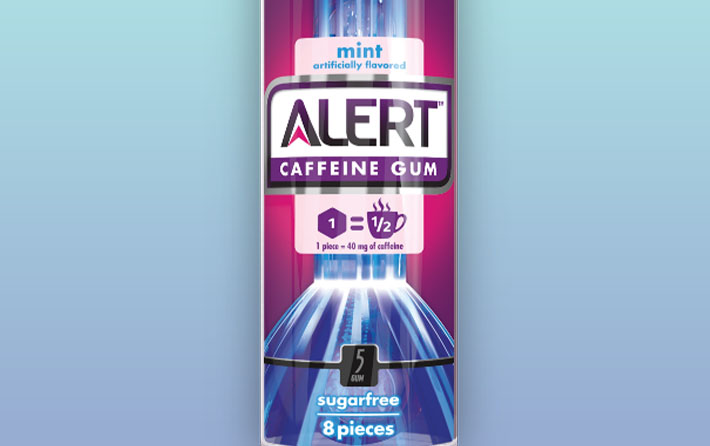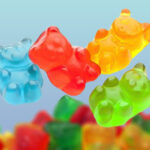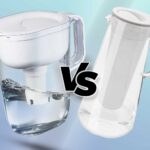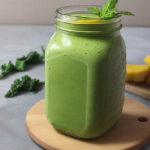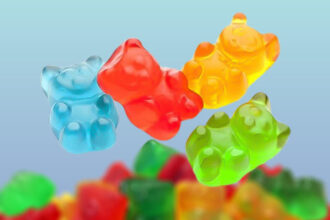If you’ve ever found yourself drowsy behind the wheel or struggling to keep your eyes open during a meeting, you might have considered a pick-me-up in the form of caffeine gum.
As enticing as it sounds to simply “chew and do,” it raises a critical question: Is caffeine gum safe?
Caffeine gum can offer a quick and convenient energy boost, but like any caffeine product, it comes with its own set of risks. Consuming too much can lead to jitteriness, insomnia, and increased heart rate. Therefore, moderation and awareness of one’s caffeine tolerance are crucial.
Understanding Caffeine Gum: A Quick Overview
Caffeine gum is essentially your regular chewing gum infused with caffeine. Each piece usually contains between 40 to 100 mg of caffeine, which is comparable to a cup of coffee or an energy drink. However, unlike sipping on your morning latte, caffeine gum delivers caffeine much faster through the mucous membrane in the mouth. This quick absorption often leads to a more immediate and intense energy boost.
How Does it Work?
When you chew caffeine gum, the caffeine is absorbed through the oral mucosa, bypassing the digestive system. This means that the stimulant hits your bloodstream much faster compared to consuming caffeine in liquid form. Curious about how other drinks stack up? Check out this comparison between G Fuel and Red Bull.
Pros and Cons of Caffeine Gum
Just like every superhero has a weakness (looking at you, Superman and your kryptonite), caffeine gum has its ups and downs.
Pros:
- Quick absorption
- Convenient to carry
- No liquid, so no restroom emergencies
Cons:
- May lead to faster consumption of caffeine
- Not suitable for everyone (e.g., those with certain medical conditions)
Caffeine Gum: A Breakdown by User Group
| User Group | Benefits of Caffeine Gum | Points to Consider |
|---|---|---|
| Fitness Enthusiasts | – Quick energy boost before workouts <br> – Easier to carry than sports drinks | – Risk of jitteriness during high-intensity activities <br> – May lead to dehydration |
| Students | – Increased alertness for study sessions <br> – No need for energy drinks with potentially high sugar content | – Potential for disrupted sleep if consumed late <br> – Isotonic drinks might be a healthier alternative |
| Working Professionals | – Quick and discreet way to stay awake during meetings <br> – No need for frequent restroom visits like when drinking water or hydration drinks | – Risk of overconsumption, leading to jitteriness <br> – Not a substitute for adequate sleep |
Note: These benefits and considerations are general guidelines and may not apply to everyone. Always consult with a healthcare professional before making significant changes to your caffeine consumption.
The Risks: When Chewing Becomes Too Much
The convenience of caffeine gum makes it all too easy to chew one piece after another. But much like an engrossing Netflix series, it’s crucial to know when to stop. Excessive consumption of caffeine, whether from gum, energy drinks, or even espresso, can lead to several adverse effects.
Common Side Effects of Too Much Caffeine
- Jitteriness: Too much caffeine can make you feel like you’ve swallowed a firework. Not ideal, especially if you’re trying to focus.
- Insomnia: Good luck getting those eight magical hours of sleep if you’ve been chewing all day.
- Increased Heart Rate: Your heart might go into overdrive, mimicking the sensation of running a marathon without ever leaving your chair.
- Digestive Issues: Even though it’s in gum form, excessive caffeine can still wreak havoc on your digestive system.
Who Should Be Cautious?
- Pregnant Women: Caffeine crosses the placenta, and too much of it is not advised during pregnancy.
- People with Heart Issues: A rapid heartbeat is the last thing you need with a pre-existing heart condition.
- Sensitive Individuals: Some people can feel the effects of caffeine more strongly than others.
The Upper Limit: How Much is Too Much?
According to health experts, the generally accepted upper limit for caffeine intake is around 400 mg per day for most adults. That’s equivalent to about four cups of brewed coffee, ten cans of cola, or, in the case of caffeine gum, four to ten pieces, depending on the brand.
Note: Always consult a healthcare professional for personalized medical advice.
Caffeine Gum vs. Energy Drinks: A Side-By-Side Comparison
Caffeine gum and energy drinks are popular sources of quick energy boosts. However, the two have distinct characteristics that may make one more suitable for your specific needs than the other. Below is a table to help you understand these differences at a glance:
| Criteria | Caffeine Gum | Energy Drinks |
|---|---|---|
| Speed of Absorption | Fast through mucous membranes in the mouth | Slower, requires digestion |
| Convenience | Easily portable in pockets or purses | Bulky; requires carrying a can |
| Flavor Variety | Limited range of flavors | Wide variety, from fruity to soda-like |
| Sugar Content | Often comes in sugar-free varieties | Typically contains sugar, may lead to a crash |
| Social Acceptability | Discreet, suitable for meetings and libraries | Less discreet, not ideal for quiet settings |
| Price Point | Generally cost-effective | Usually more expensive per serving |
| Versatility | It’s gum, you chew it | Can be mixed with other liquids |
Making Your Choice
With this table, it’s easier to see how caffeine gum and energy drinks compare. Your individual needs and settings will ultimately dictate which is the better option for you. Whether you want the discretion of gum or the robust flavors of an energy drink, the choice is yours to make.
In Conclusion: Chewing Responsibly
Caffeine gum offers a unique, fast-acting, and convenient way to boost your energy levels. However, its rapid effects can be both a blessing and a curse. Just like with any form of caffeine, the key is moderation and understanding your own body’s limits. If you’re new to caffeine gum, perhaps start with one piece and see how your body reacts before reaching for that second piece. After all, you wouldn’t want to find yourself “stuck in a chew-dunnit mystery” of sleepless nights and jittery days.
Related Products
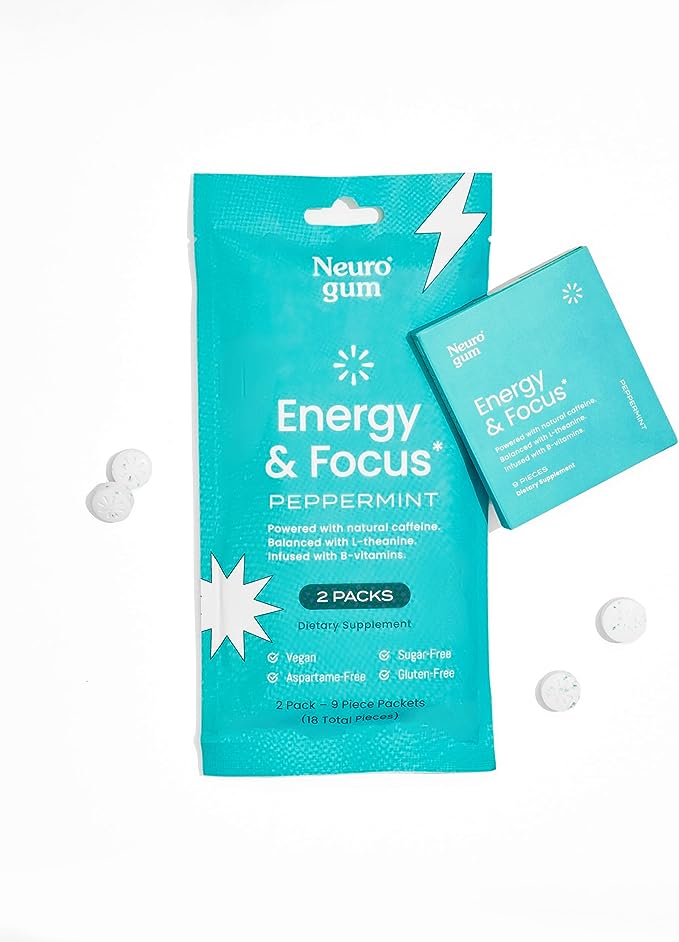
NeuroGum Caffeine Gum
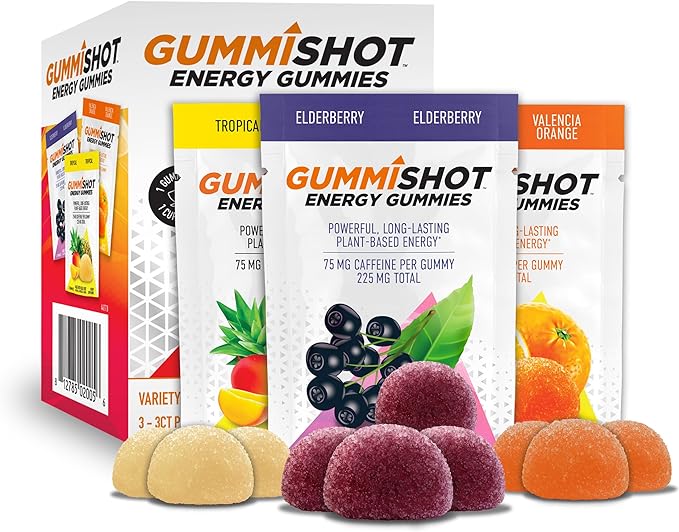
GummiShot Energy Gummies

Beyond Raw LIT Gummy



